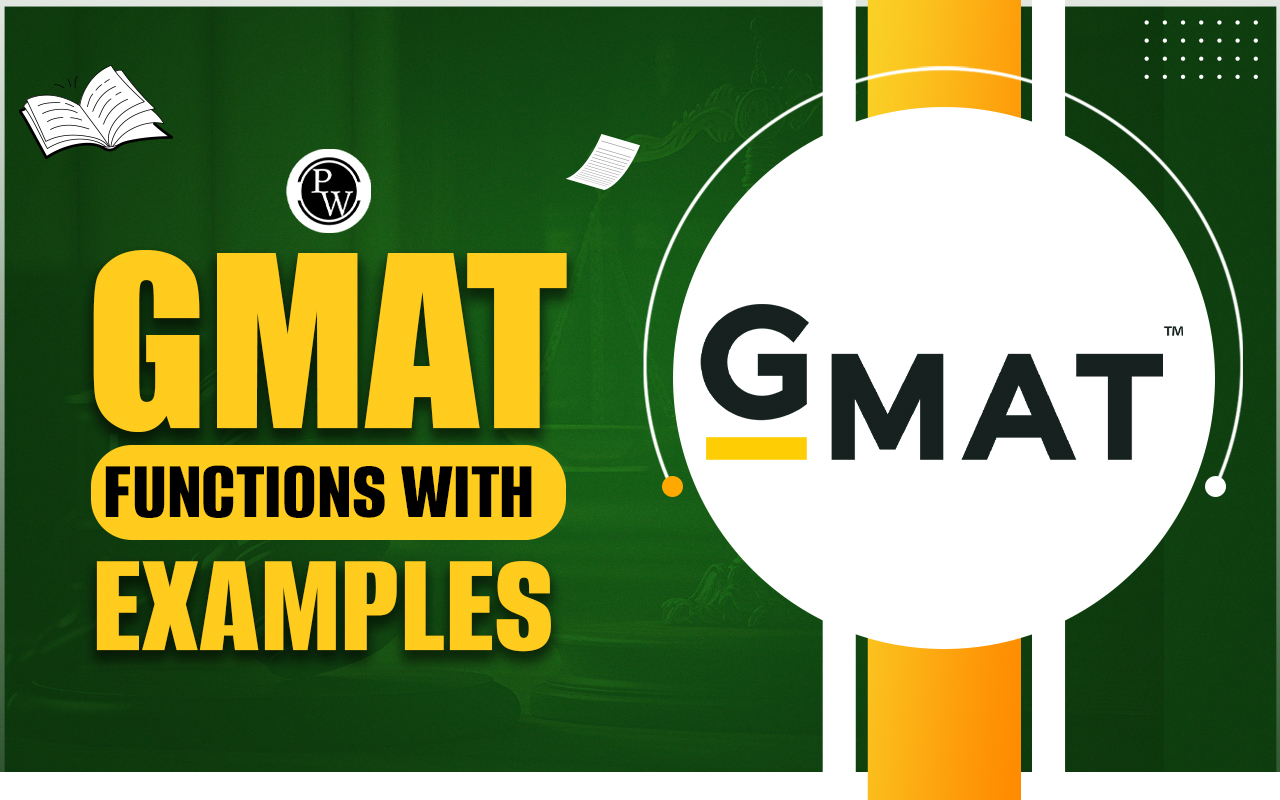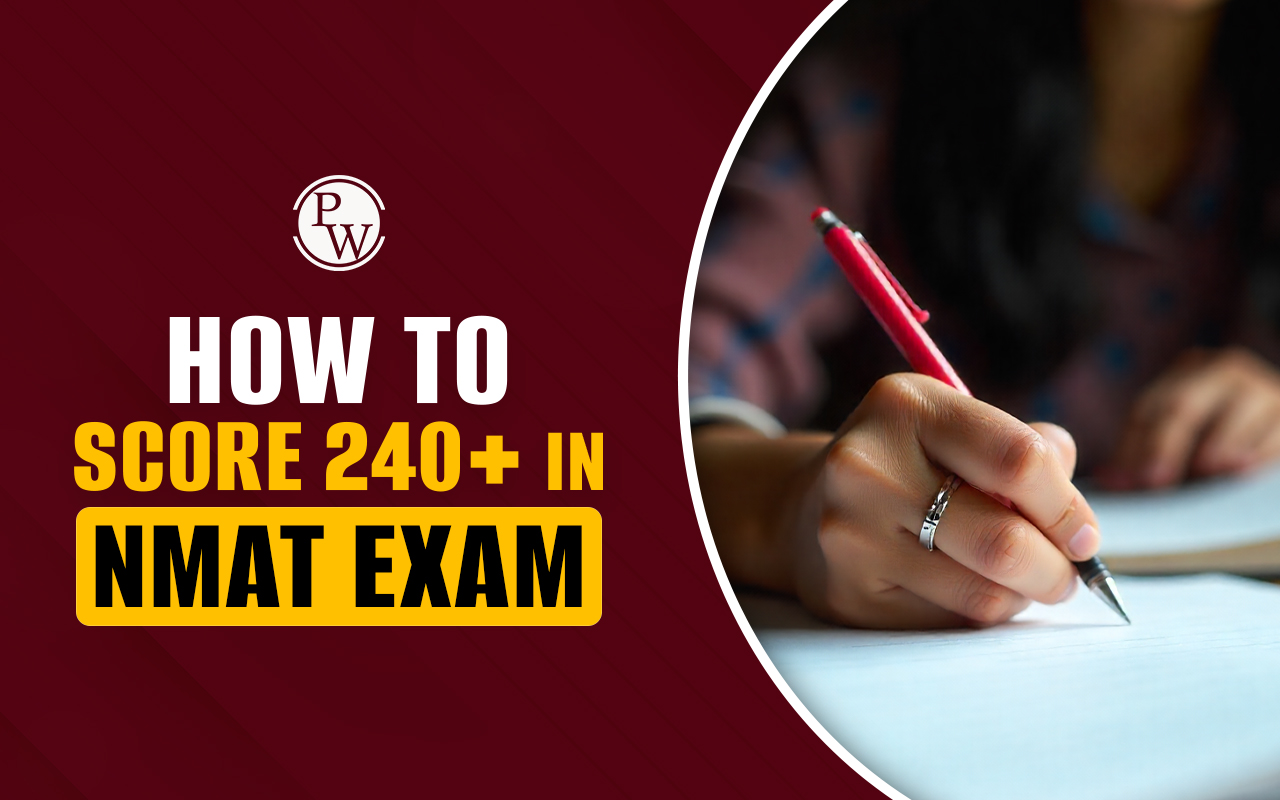

GMAT Functions with Examples: The GMAT Quantitative section tests a variety of mathematical concepts, including functions. Functions are a fundamental topic on the GMAT, as they describe the relationship between inputs and outputs. In the exam, candidates may be required to determine an output for a particular input, combine two or more functions, or work with functions that use unique or unfamiliar symbols.
Some questions may involve understanding how a change in the input affects the output, while others might require studying a sequence of steps defined by a function. These problems can appear in both problem-solving and data sufficiency formats, sometimes with uncommon notes or definitions that require close attention to detail. Understanding how to properly interpret and manipulate functions is important for success on the GMAT Quantitative section.
What is a Function?
A function is a rule that defines a relationship between one variable and another. It is a mathematical object that takes an input and produces a corresponding output based on a specific set of instructions. Functions are commonly represented using symbols or the f(x) notation, where x is the input variable.Types of GMAT Functions
There are two main types of GMAT functions with examples:- Symbol Functions: These functions use symbols to represent a set of instructions that must be applied to the input.
-
f(x) Functions: These functions use the f(x) notation to define an equation or a set of instructions that are applied to the input variable x.
Approaching Symbol Functions
When solving symbol function questions on the GMAT, it is important to:- Read the instructions carefully and slowly .
- Define the relationship between the input and output variables .
- Give yourself simple examples to understand how the function works before attempting the main question .
- If you feel lost after the first read, skip the question and come back to it later .
- For positive integers, f(x) = x (e.g., f(5) = 5).
- For positive non-integers, f(x) rounds down to the nearest integer (e.g., f(1.5) = 1).
- For negative non-integers, f(x) rounds down to the nearest integer, but the negative sign remains (e.g., f(-1.5) = -2).
- f(-1.6) = -2
- f(3.4) = 3
- f(2.7) = 2
Approaching f(x) Functions
When solving f(x) function questions on the GMAT:- Identify the equation or instructions defined by f(x) .
- Substitute the given input value(s) into the equation or follow the instructions .
- Simplify the expression to find the output value(s) .
Properties of Functions
Some important properties of functions include:- One-to-one functions : Each output value is paired with only one input value.
- Inverse functions : The inverse of a function "undoes" the original function.
- Composite functions : The result of applying one function to the output of another function.
Practice Questions
GMAT functions may seem daunting at first, but with practice and a solid understanding of the concepts, they can be mastered.- Given f(x) = 3x - 5, for what value of x does 2[f(x)] - 1 = f(3x - 6)?
- Let f(x) = x^2 + 2x + 1. Find f(f(2)).
- If f(x) = 2x + 1 and g(x) = 3x - 1, find (f ∘ g)(4).
GMAT Functions with Examples FAQs
What is a function in GMAT mathematics?
What are the main types of functions tested on the GMAT?
How do I approach solving symbol function questions on the GMAT?
Can you provide an example of solving an f(x) function?
What are some important properties of functions to know for the GMAT?












